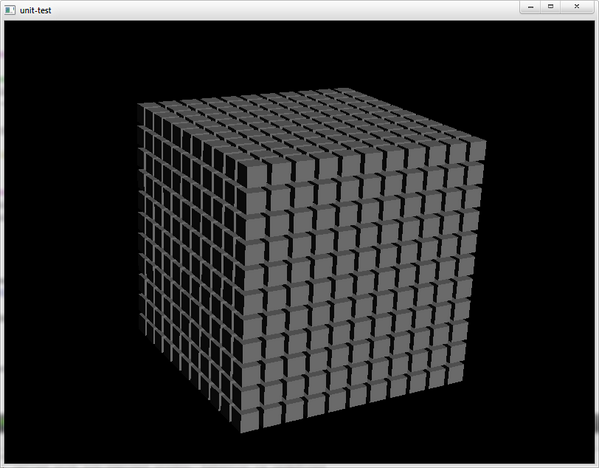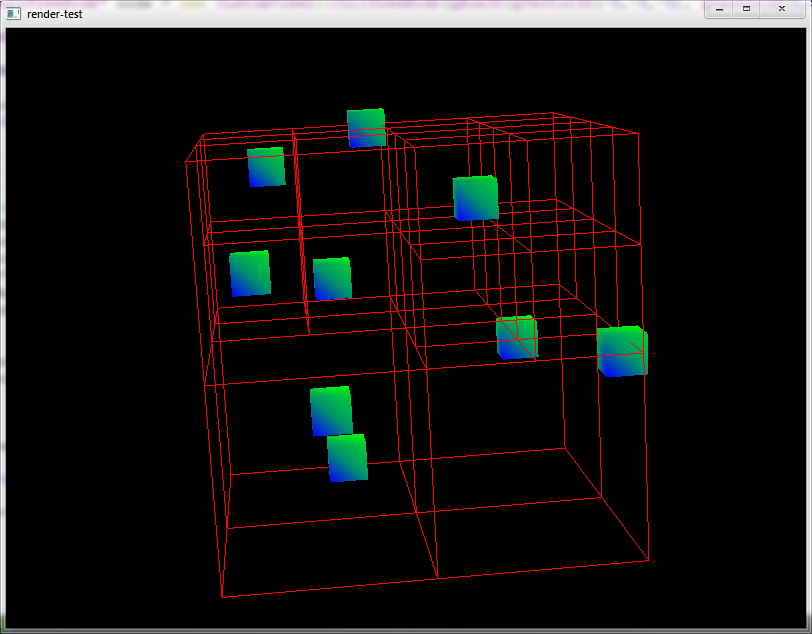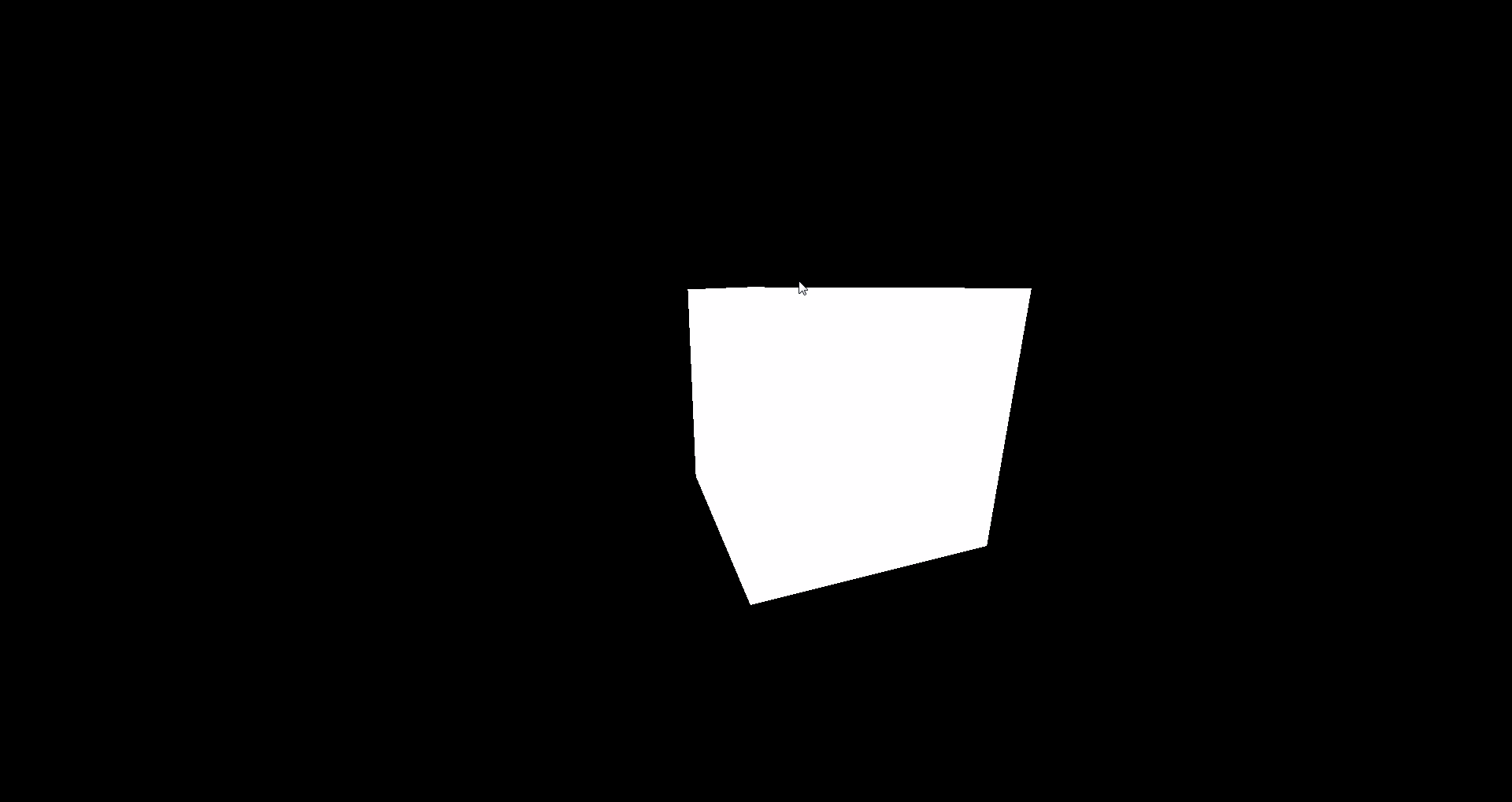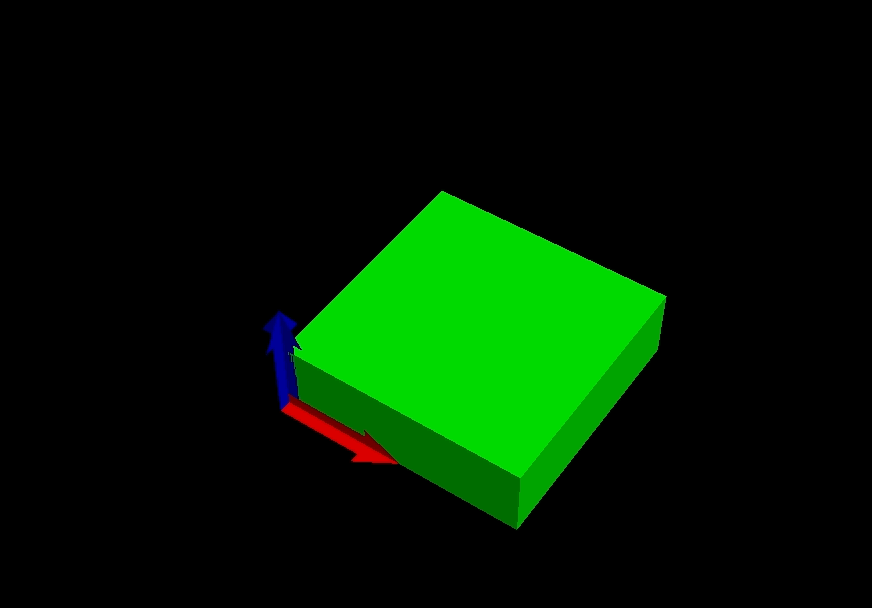Update - looks like the editor's been accepted as my final year project at university, so there should be a basic, functional implementation by February when I'm required to submit my progress report.
My current thinking (which will go down in my specification document that I have to submit in three weeks) is that the design philosophy of the editor should be to help facilitate iterative map development. This basically means that in the build-test-revise-test-revise-... cycle that we all go through, the editor should allow the user to spend less time developing each revision of the map (or spend an equivalent amount of time making larger, more complicated changes) so that tests can happen more frequently and feedback be more easily incorporated, bringing the overall development time of the map down and allowing more content to be released more frequently. The problem I've found with Hammer is that it's very manual, especially within the TF2 map-making environment - if you want to change the position of a doorway, or change the shape of an arena, or add/delete a route, you have to faff about with changing the dimensions on a lot of brushes and props and this can take a long time, taking the focus away from the high-level overview of routes, arena sizes, distances, spawn times, cover and so on. If the editor were to automate these low-level changes, this would allow users to remain focused on the important aspects of a map and would also allow changes to be made in response to feedback much more quickly. Imagine, instead of having to shift all your brushes and props sideways to change the flow of a route, you just had to move a node on a graph; or if you could have a map tested, load up the annotations file as physical pop-ups within the 3D view of the editor, deal with all the feedback points and then have your map ready to re-test, custom content included, later that same day.
The other important thing I think needs to be included is the ability to take care of the general admin that's required when you develop a map. I'd like to be able to load up a standard PNG/TGA/whatever from within the editor to use as a texture and have the editor write an appropriate VMT/VTF, make it available immediately, file/tag it as custom content being used with this specific map file and have it automatically package the texture in the BSP when the map is compiled. This would take manual VTFEdit/BSPZip editing out of the equation completely, as well as helping to ensure that I don't accidentally use the texture in other maps while thinking it's a standard TF2 texture.
Of course, along with all this there are the benefits of open source (we don't have to wait on Valve for a fix if something goes wrong, provided we have people who are able to investigate and fix independently as updates come out) and, potentially, custom plugins for extra bits and pieces.
If anyone has other helpful features in the same vein that they think would make mapping life easier, I'd be very interested to hear them at this early stage.





